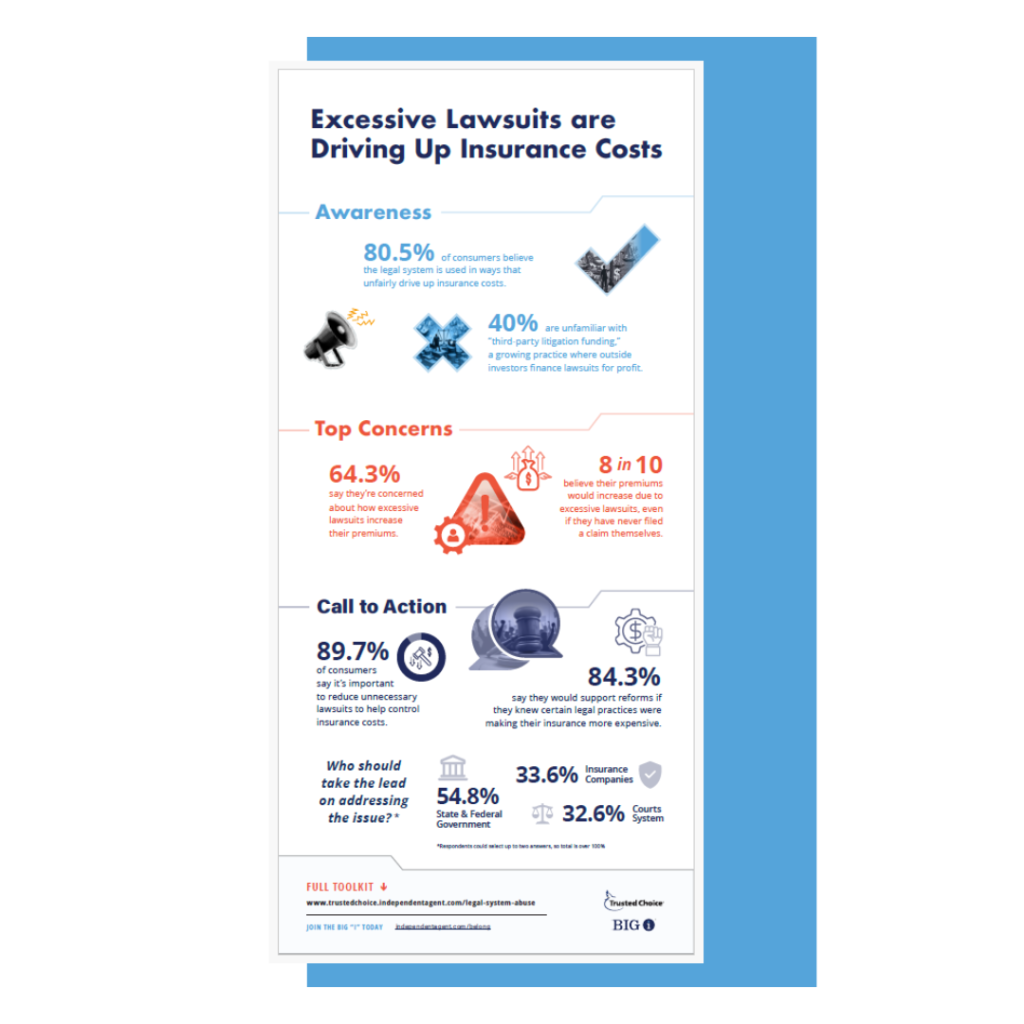Grow Your Agency Book: Understand the Importance of the Qualified Lead Ratio
The qualified lead ratio tells the agency if their database of leads is beneficial or wholly useless by answering the question, what percentage of leads in its database are good leads and which ones are just names taking up memory space? In simplest terms, the qualified lead ratio tells an agency how beneficial its prospect database really is to the producers and the agency. With this ratio it is not hyperbole to say the agency can predict its future success.
Author: Chris Boggs Agencies calculate and make financial decisions based on many ratios including liquidity ratios, the retention ratio, the quote-to-bind ratio and the closing ratio. But the one ratio agencies often ignore is the Qualified Lead Ratio. It is ignored because few understand the long-term importance of knowing how reliable the agency’s pipe line” really is. The qualified lead ratio tells the agency what percentage of leads in its database are good leads and not just names taking up memory. In simplest terms, the qualified lead ratio tells an agency how beneficial its prospect database really is to the producers and the agency. Let’s first understand how the qualified lead ratio is calculated; then let’s define what constitutes a qualified lead.” Qualified Lead Ratio Calculation # of Qualified Leads” / Total # of Prospects in Database = Qualified Lead Ratio The calculation is easy to understand; the difficulty lies in defining a qualified lead.” And remember, the lower the ratio, the worse the agency’s key source of future revenue. Defining Qualified Lead” Agencies have a database of leads or prospects.” (Some call this a list of suspects rather than prospects, and I tend to agree.) Regardless what this pile of names is called, every agency has them. The question answered by the Qualified Lead Ratio is, how many or what percentage of these prospects/suspects have to potential to actually turn into clients? A pile of names with no possibility of actually becoming clients is just as useless as having no prospect list. An agency must have prospects to gain clients. But more important than just a prospect list is a prospect list made of a high percentage of qualified leads.” What constitutes a qualified lead”? A qualified lead is one:
This is not necessarily an all-inclusive list of what is required for a lead to be considered qualified,” the agency may have additional qualifiers. Once the agency has its qualifiers in place, the key to recognizing whether a prospect is a qualified requires honest review. If any of the qualifiers is missing, the lead is not a qualified lead and should be discarded. A For Instance” For instance, if the agency’s database of 1,000 prospects/suspects contains 200 restaurants yet none of its carrier markets writes restaurants those 200 prospects are simply a distraction and taking up space. Likewise, if the agency calculates that an account must generate at least $2,000 in revenue to be profitable for the agency, yet 300 of the 1,000 prospects produce less than $200 in revenue, the agency can eliminate them from the database. Again, these prospects are just a distraction. This same process applies to the other qualified lead” requirements. Once the agency has undertaken this process, the qualified lead ratio is calculated. The goal is a database of 100 percent qualified leads. Accomplishing this goal is not a once and done” review, it requires on-going diligence. Wait a minute; if I am going through my leads database and deleting unqualified leads as I go, why do I need to calculate the qualified lead ratio?” That’s a heck of a good question. There is no reason to calculate the ratio, unless the obvious benefit of having the ability to empirically address lead sources is apparent. For example:
When historical data is analyzed, the agency can better anticipate future results. If half the leads input by producers are of poor quality (not qualified), this indicates the need to better train the producers. If half the leads supplied by the lead generation company are lousy, this indicates a need to better inform the company or hire a new company. Agency results are improved because the quality of leads is improved. GIGO Remember the old adage, garbage in, garbage out”? When the leads database is full of garbage leads, production results will also be garbage. Conversely, a high-quality source generates high quality results. In more dollar-centric terms when the agency knows the qualified lead ratio, it experiences greater success. Last Updated: October 11, 2019 |









